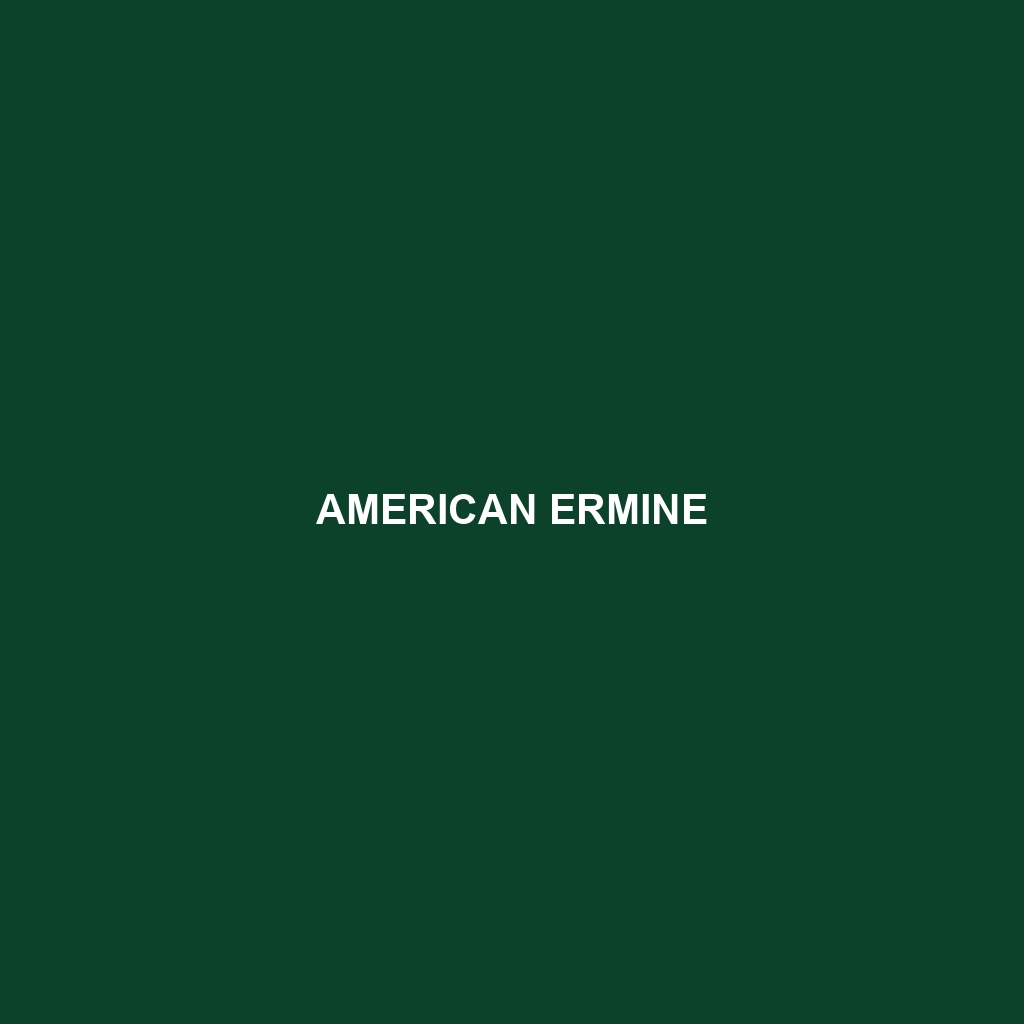European Polecat (Mustela putorius)
Common Name: European Polecat
Scientific Name: Mustela putorius
Habitat
The European Polecat primarily inhabits forested areas, grasslands, and wetlands across Europe and parts of Asia. It thrives in temperate regions, favoring locations with a mix of woodlands and open spaces. This species is commonly found in countries such as the UK, Germany, and France. They often construct burrows in dense vegetation or utilize abandoned dens from other animals, providing shelter and a strategic vantage point.
Physical Characteristics
The European Polecat typically measures between 40 to 60 centimeters in length, with a tail length of 15 to 25 centimeters. Adults usually weigh between 1 to 2.5 kilograms. Their fur is dense and can range in color from dark brown to light yellowish-brown, with distinctive markings on the face, including a white mask-like pattern. Their elongated body shape and short legs are characteristic features that aid in their burrowing behavior.
Behavior
European Polecats are generally nocturnal and crepuscular, meaning they are most active during the night and twilight hours. They exhibit solitary behavior, marking their territories with scent. These creatures are known for their playfulness, often engaging in social interactions during the breeding season. Their agile movements and inquisitive nature can make them appealing subjects for wildlife observers.
Diet
The diet of the European Polecat primarily consists of small mammals such as rodents and rabbits, but they also consume birds, amphibians, and insects when available. Their hunting techniques involve stealth and agility, allowing them to capture prey effectively. This omnivorous diet plays a significant role in controlling the populations of their prey species, highlighting their ecological importance.
Reproduction
European Polecats typically breed in late winter to early spring. After a gestation period of about 40 to 43 days, females give birth to litters of 2 to 6 kits. The offspring are altricial at birth, meaning they are born hairless and blind, requiring substantial care from their mother. Kits begin to emerge from the den at around 8 weeks and become independent by the fall.
Conservation Status
The European Polecat is currently classified as “Least Concern” by the International Union for Conservation of Nature (IUCN), but local populations may be threatened due to habitat loss and hunting. It is crucial to monitor their populations closely, especially in areas where their habitats are under threat.
Interesting Facts
One fascinating aspect of the European Polecat is their ability to produce a strong-smelling liquid from their anal glands, used as a defense mechanism against predators. Additionally, they can dig elaborate burrowing systems that reflect their adaptability and intelligence.
Role in Ecosystem
The European Polecat plays a vital role in its ecosystem as a predator. By regulating the populations of small mammals, they help maintain a balanced ecosystem. Furthermore, their presence indicates a healthy environment, as they are sensitive to changes in their habitat. Conservation of the European Polecat indirectly supports the diversity of other species within their ecosystem.
